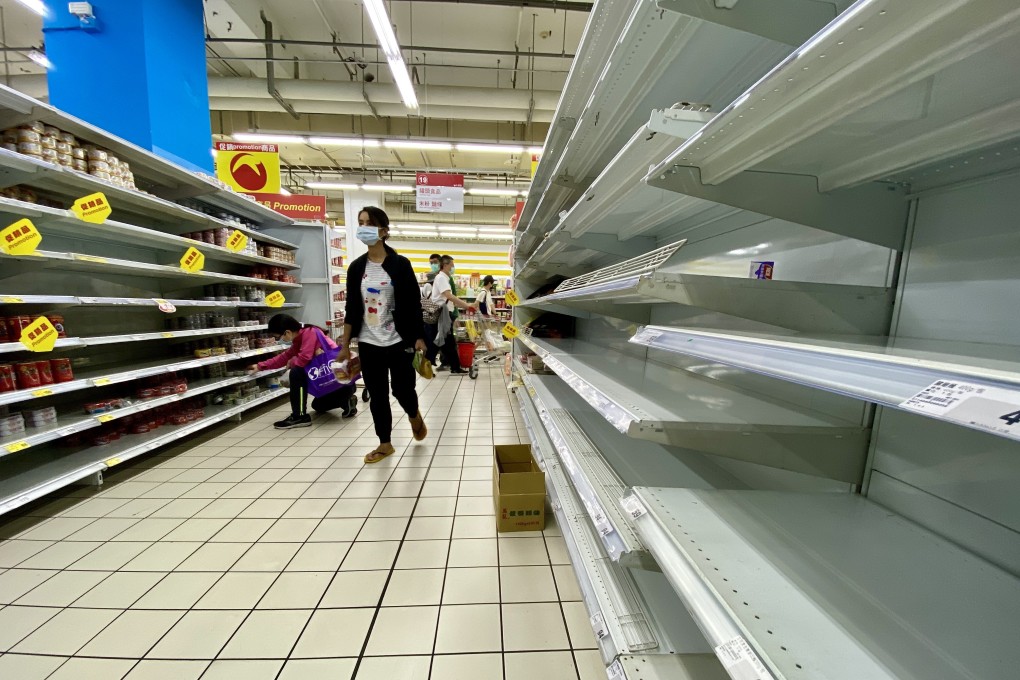Opinion | Covid-19 surge will test Taiwan’s resilience to pressure from Beijing
- The coronavirus outbreak, coupled with power outages and water shortages, has turned Taipei’s attention inward, making it increasingly vulnerable to Chinese military activity

As Taiwan’s attention turns inward to manage the new outbreak and a string of infrastructure disruptions, it will be increasingly vulnerable to continued pressure from Beijing.
Taiwan’s previous deft pandemic response and domestic infrastructure stability have underpinned its resilience in handling increased Chinese threats and territorial incursions. Yet, surging Covid-19 cases, combined with power outages and dwindling water supplies, mean the coming weeks could be the greatest stress test Taipei has faced all year.
Given the pace of spreading infections, Lee Ping-ing of the Central Epidemic Command Centre has predicted cases could reach 3,000 within a month if effective measures aren’t swiftly taken. With the government changing conditions required to trigger Level 4 restrictions, lockdown-equivalent measures may be inevitable.

01:39
Panic buying in Taiwan as new Covid-19 rules imposed amid spike in coronavirus infections
